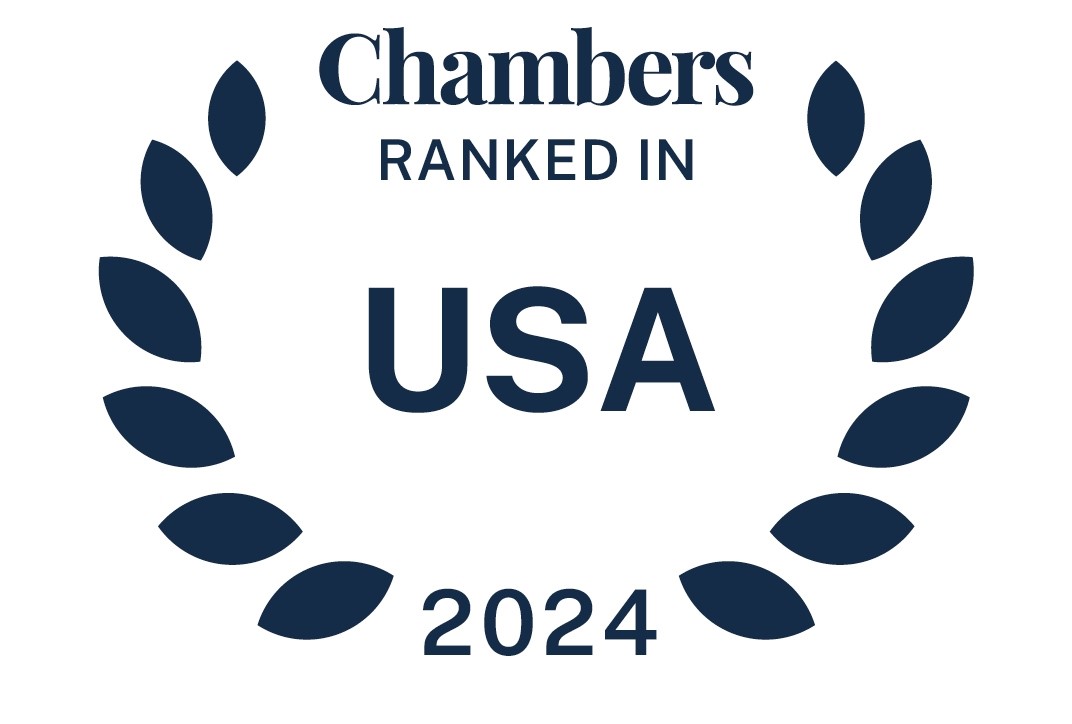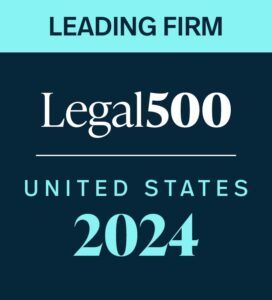Join us Friday, May 17, as Allison Wilkerson, Brian Tiemann and Sarah Engle join host Judith Wethall to talk through the value of conducting a proactive self-audit of 401(k) plans. They will provide best practices designed to reduce the risk of costly government investigations. Attendees will come away prepared and confident in their position, and ready to respond assertively if an investigation comes to pass.
Our lively 45-minute discussion will cover the following points:
- Self-auditing common compliance issues raised during IRS audits, including errors in administering the plan’s eligibility rules, compensation definition, loan procedures and minimum required distribution provisions
- Self-auditing common issues raised during DOL audits, including late payroll deposits
- Tips to enhance plan governance procedures
Friday, May 17, 2019
10:00 – 10:45 am PST
11:00 – 11:45 am MST
12:00 – 12:45 pm CST
1:00 – 1:45 pm EST
read more


 Subscribe
Subscribe




